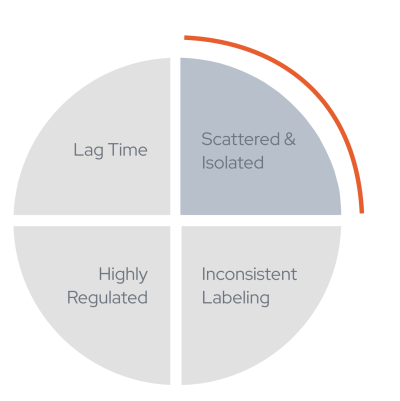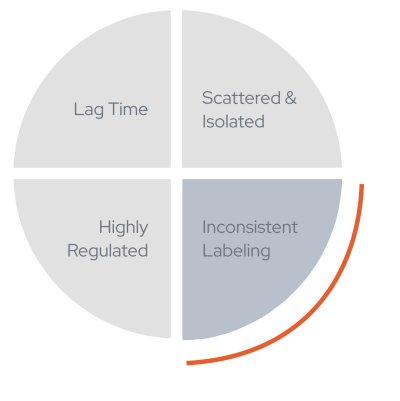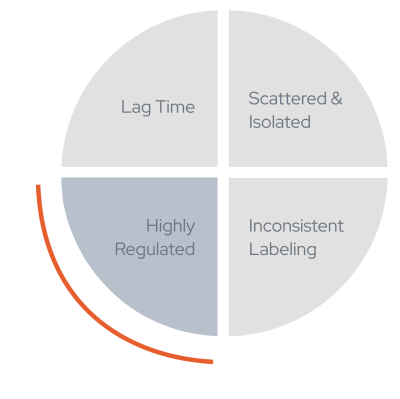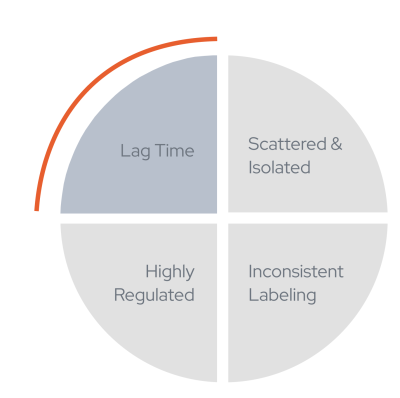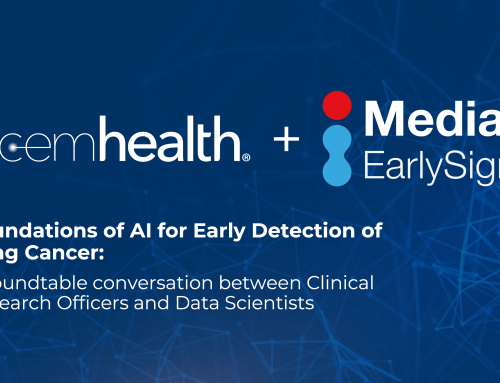
Solving the Data Dilemma: Building Continuous Improvement into Clinical AI models
Continuous improvement challenges for AI developers
As a clinical AI developer, you already understand the importance of monitoring, refining, and improving AI models over time—even after they’re deployed. But this kind of continuous model improvement requires access to rich, diverse sources of patient data. For example, by comparing AI predictions with actual patient outcome data from many different sources, you can identify gaps and limitations in your datasets and algorithms–and make ongoing adjustments to improve the accuracy and effectiveness of those models over time. However, in the healthcare space, collecting, normalizing, and using this patient outcome data for continuous AI model improvement presents unique challenges:
Challenge #1: Healthcare data are scattered and isolated
Because patient data are often scattered across hundreds of siloed systems, applications, and organizations, it’s often very difficult to collect and normalize the rich outcome data you need for continuous model improvement.
Challenge #2: Healthcare data are inconsistently labeled
Due to the isolated nature of patient data, different organizations may use completely different data labeling conventions, which means you will need to translate and normalize multiple “data languages” before they can be combined and used for model improvement.
Challenge #3: Healthcare information is highly regulated
Regulations on how patient data can be accessed, used, and shared make it difficult to harness the data you need–in the form you need it–to continuously improve your AI models.
Challenge #4: Healthcare outcome data lag
There can be a significant lag of weeks or months between the time when an AI model makes its initial prediction and when relevant outcome data becomes available for continual model improvement.
Putting it all together
These challenges point to the same underlying issue: you need rich, varied sources of patient outcome data to continuously improve your AI models over time, and in the healthcare industry, those data sources are difficult to access and use. There are no simple answers. But with the right approach—and the right clinical AI partners—there are variety of techniques and best practices you can use to access and harness the data you need to continuously improve your clinical AI models after they’re deployed.
